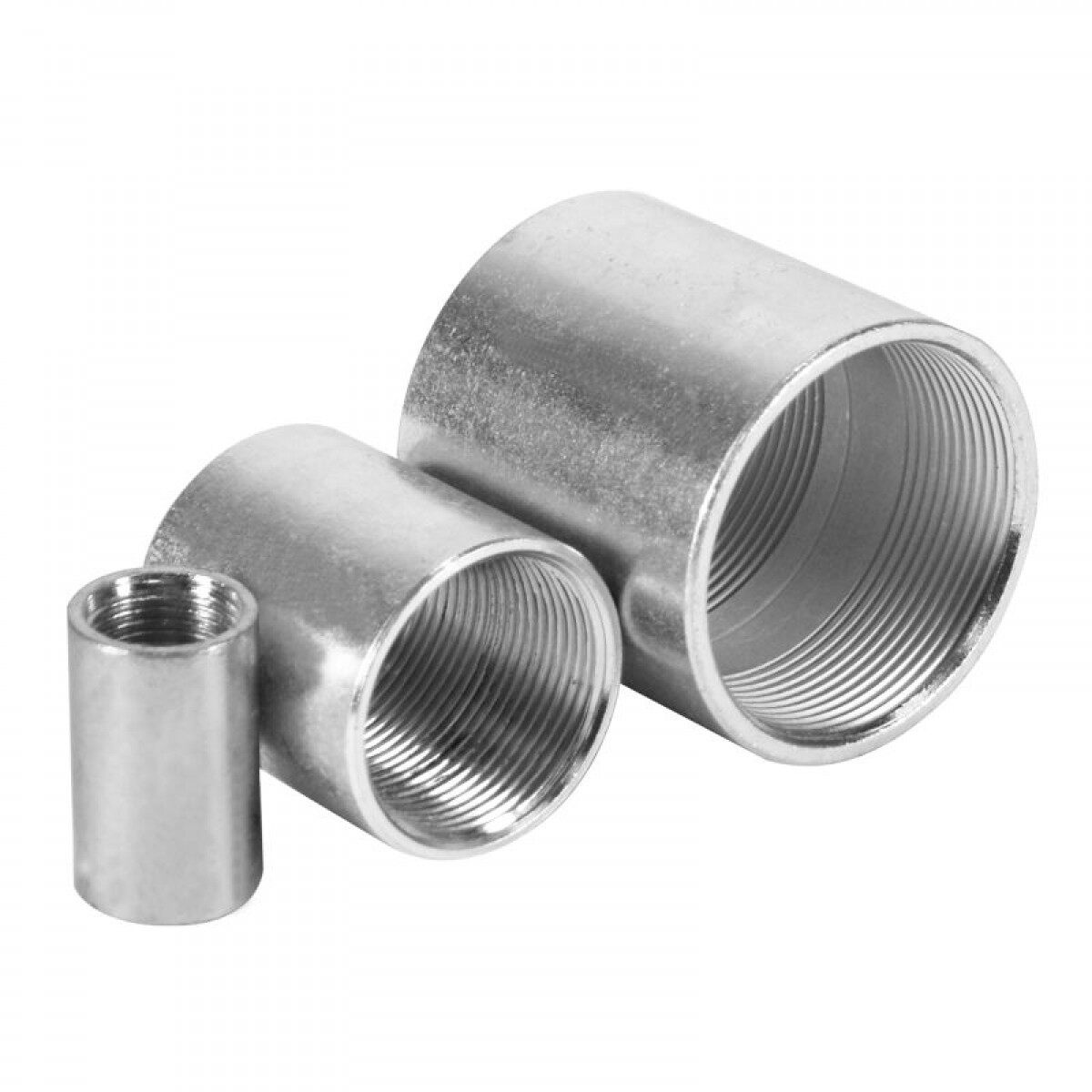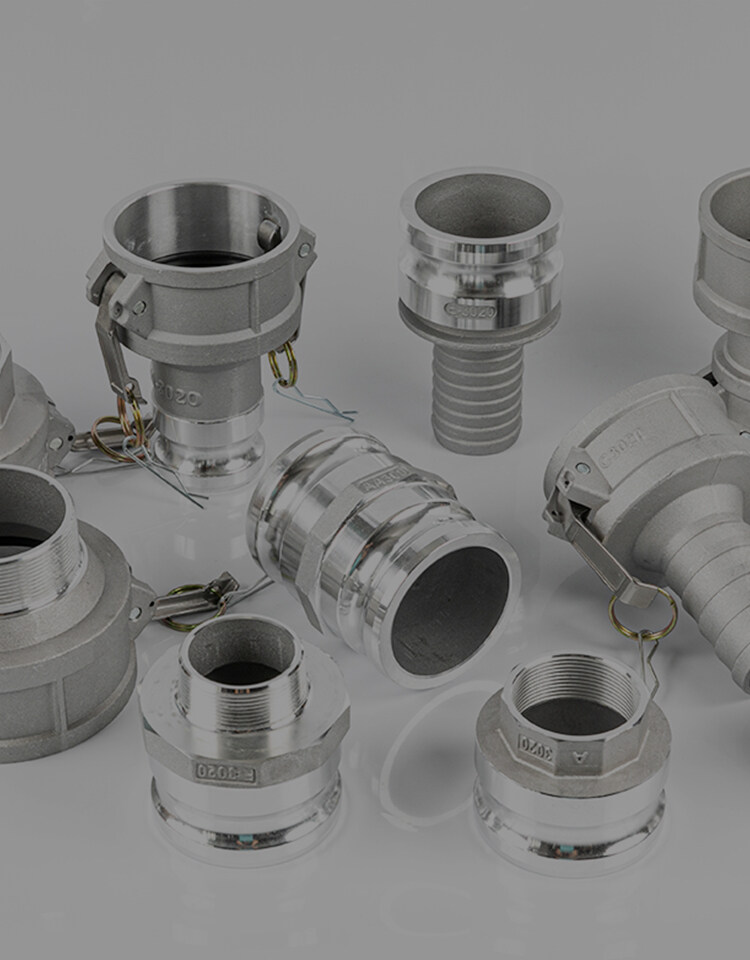Erreur de format d'e-mail
emailCannotEmpty
emailDoesExist
pwdLetterLimtTip
inconsistentPwd
pwdLetterLimtTip
inconsistentPwd

Nouvelles
Ici, vous pouvez décrire un morceau de texte que vous souhaitez exprimer

Connecting Fluidity: Exploring the Versatility of Coupling Fittings in Water Systems
In the intricate network of water systems, coupling fittings emerge as unsung heroes, seamlessly connecting hoses and water lines to ensure a smooth and reliable flow. Let's delve into the world of coupling fittings, exploring their diverse applications and the crucial role they play in water conveyance systems.
Understanding Coupling Fittings: The Backbone of Water Systems
Versatility in Application
Coupling fittings are integral components in water systems, serving a diverse range of applications. From residential plumbing to industrial water conveyance, these fittings act as the linchpin in connecting hoses and water lines, allowing for the efficient transfer of fluids.
Tailored Solutions for Varied Needs
The beauty of coupling fittings lies in their adaptability. Whether you are dealing with a garden hose, a high-pressure water line, or a complex industrial system, there exists a coupling fitting designed to meet your specific needs. The versatility of these fittings ensures that they play a pivotal role in a multitude of settings.
Coupling for Hose: Bridging the Gap with Precision
Secure Connections for Fluid Transfer
The coupling for hoses serves as the gateway to fluid transfer, providing a secure and leak-free connection. Whether you are irrigating your garden or conducting a high-stakes industrial process, the reliability of hose couplings ensures that fluids flow seamlessly from one point to another, minimizing wastage and maximizing efficiency.
Quick and Efficient Attachment
One of the standout features of hose couplings is their ease of use. With quick-connect mechanisms, users can attach and detach hoses swiftly, saving valuable time in various applications. This efficiency makes hose couplings indispensable in situations where the speed of connection and disconnection is critical.
Coupling for Water: Navigating the Flow
Optimizing Water Conveyance
In water systems, the coupling for water plays a central role in optimizing conveyance. These fittings are designed to withstand the specific demands of water transfer, ensuring a reliable and continuous flow. From residential plumbing connections to municipal water distribution, the coupling for water is an essential component in maintaining a consistent water supply.
Materials for Durability
To withstand the challenges posed by water conveyance, coupling fittings for water are often crafted from durable materials such as brass, stainless steel, or plastic polymers. These materials are selected for their resistance to corrosion and longevity, ensuring that the fittings remain robust even in the face of continuous water flow.
Coupling for Water Line: Ensuring System Integrity
Maintaining System Integrity
In larger water systems, coupling for water lines becomes a critical element in maintaining system integrity. These fittings provide secure connections between various segments of water lines, ensuring that the entire system functions as a cohesive unit. The integrity of these connections is paramount in preventing leaks and disruptions in water supply.
Pressure Management for Efficiency
Coupling for water lines is designed to manage different levels of water pressure efficiently. Whether it's a low-pressure irrigation system or a high-pressure industrial application, these fittings are engineered to handle the demands of diverse water line setups, contributing to the overall efficiency of the system.
Coupling Groove: Precision Engineering for Stability
Enhancing Stability in Industrial Settings
In industrial water conveyance, the coupling groove takes center stage. This specialized design ensures enhanced stability and alignment in heavy-duty applications. The groove allows for precise fitting and alignment of components, reducing the risk of misalignment or disconnection in settings where stability is paramount.
Efficient Assembly and Disassembly
The coupling groove's design facilitates efficient assembly and disassembly in industrial setups. This feature is particularly advantageous in situations where regular maintenance or alterations to the water system are necessary. The precision engineering of the groove allows for a secure fit while enabling easy disassembly when needed.
Conclusion:
In the intricate web of water conveyance systems, coupling fittings serve as the silent architects, ensuring the seamless flow of fluids. From garden hoses to industrial water lines, these fittings play a crucial role in connecting, securing, and optimizing the efficiency of water systems. As we appreciate the versatility of coupling fittings, it becomes evident that their precision engineering is the backbone of fluid conveyance, contributing to the reliability and functionality of water systems worldwide.

